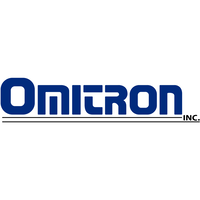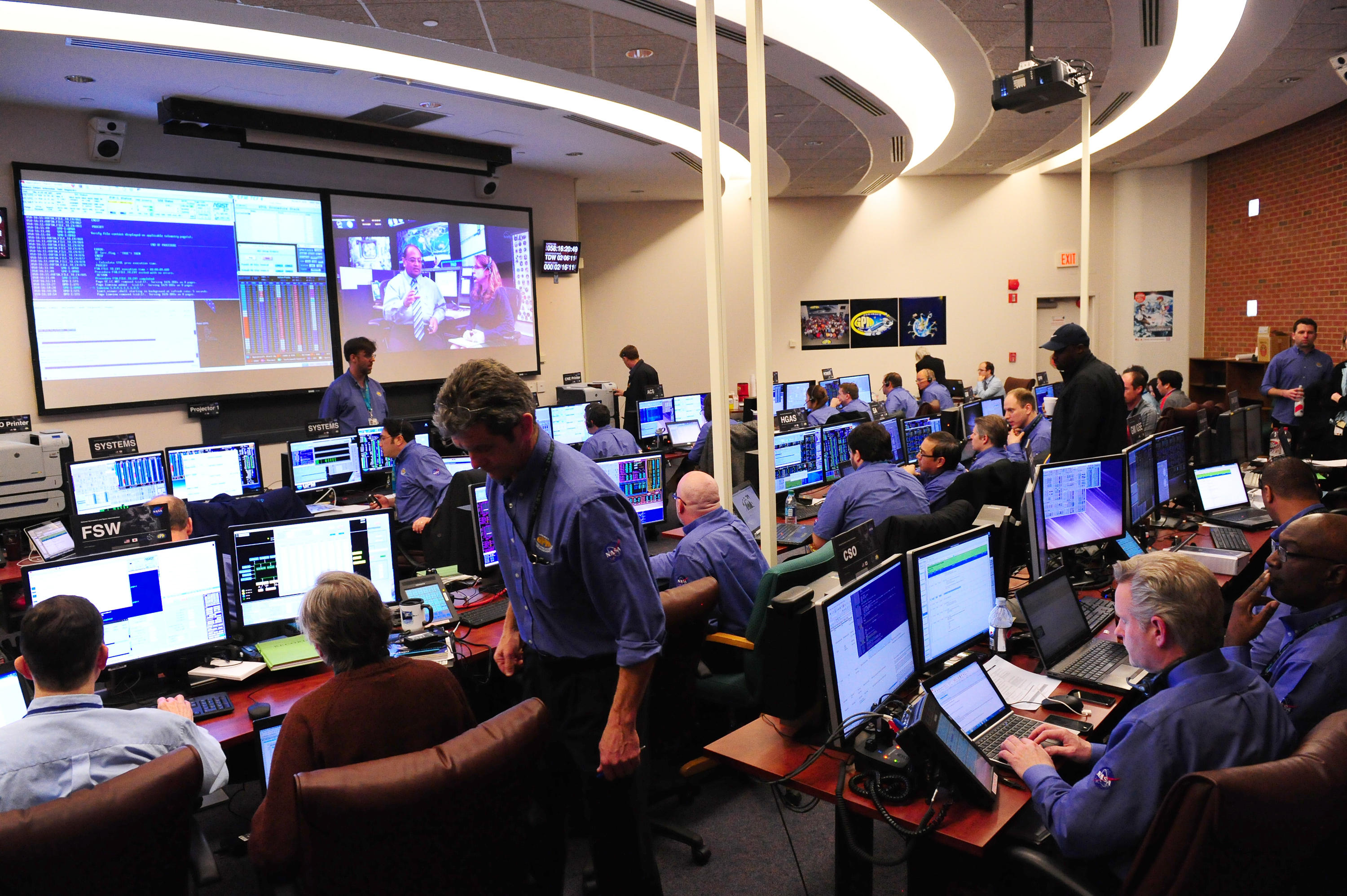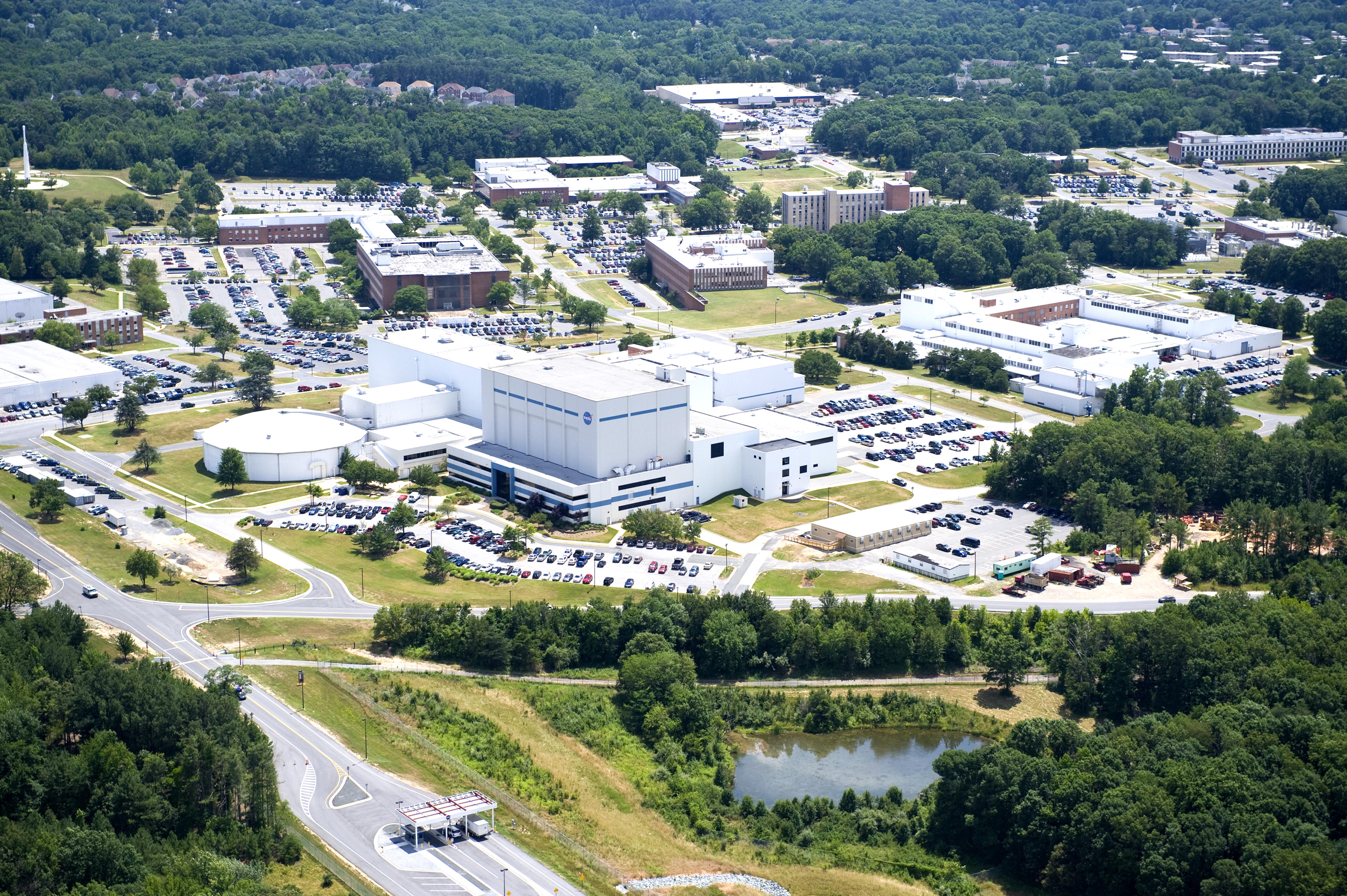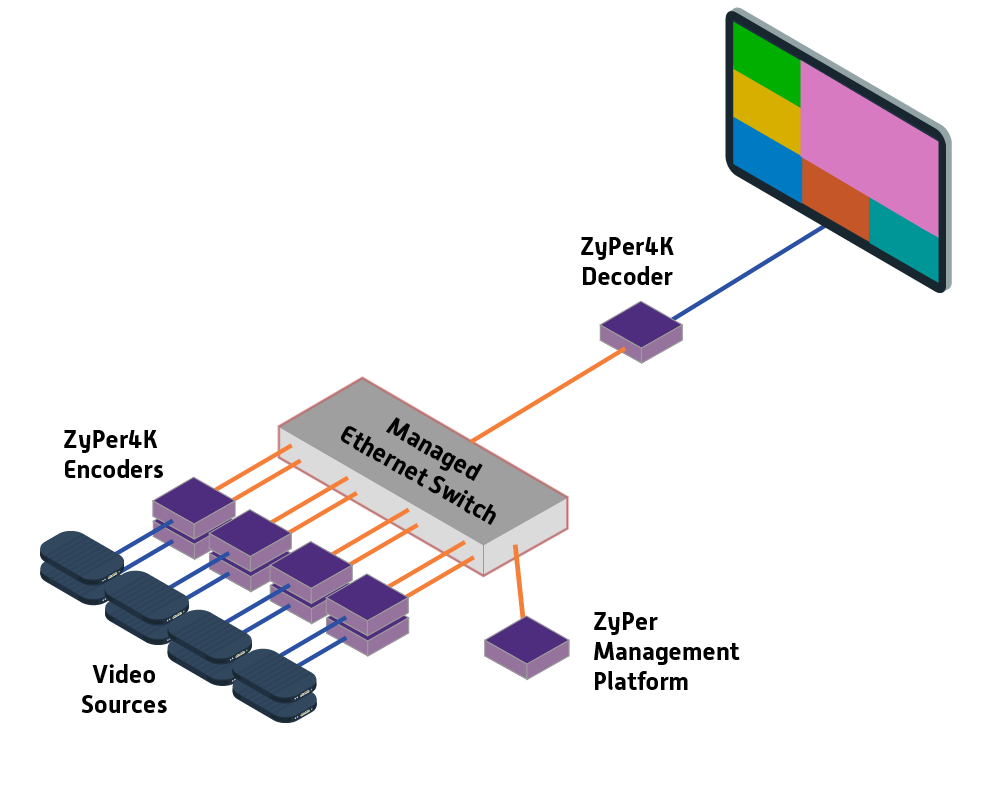NASA chooses ZyPer4K for Mission Critical Video
The Goddard Space Flight Center (Goddard) is a major NASA space research laboratory located in Greenbelt, Md., 10 miles outside Washington, D.C. Established in 1959 as NASA's first space flight center, GSFC employs approximately 10,000 civil servants and contractors. It is one of 10 major NASA field centers, named in recognition of the late American rocket propulsion pioneer Dr. Robert H. Goddard.
Goddard is the largest combined organization of scientists and engineers in the United States dedicated to increasing knowledge of Earth, the solar system and the universe via observations from space, and it is a major U.S. laboratory for developing and operating unmanned scientific spacecraft. It conducts scientific investigation, development and operation of space systems, and development of related technologies, including the design and construction of rockets and spacecraft for space missions.
Among the many space operations Goddard manages for NASA and international missions are the Hubble Space Telescope, the Earth Observing System, the Solar and Heliospheric Observatory and the Solar Dynamics Observatory. It is one of the world’s best known and most highly regarded facilities for developing technology to support space exploration.
Challenge
Recently, Goddard built a new mission-critical command and control facility with the need to distribute high-resolution video over a 10Gb fiber network to multiple buildings spread across its 1,250-acre campus. Since the video applications included real-time observation of equipment testing for space missions, including testing of rocket engines, the Goddard team required a video system that would deliver uncompressed 4K video with pixel-for-pixel accuracy and absolute minimal latency to all endpoints. The system would need to accommodate nearly two dozen sources with distribution to 12 displays in different buildings. It would also need to allow for future expansion to include additional sources and displays as well as enable possible future reconfiguration of endpoints (sources and displays) as needs changed.
Solution
Following a period of comprehensive research, Goddard’s contractor, Omitron, which specializes in systems for supporting facilities and operations for space exploration, the decision was made to implement a campus-wide video distribution network. The network utilizes ZeeVee ZyPer4K encoders and decoders equipped for fiber connectivity and employs the ZyPer Management Platform to configure and manage video network resources. ZyPer4K met the essential requirements for conveying uncompressed 4K video with pixel-for-pixel accuracy and would enable end-to-end distribution of content with less than one-millisecond latency. The ZyPer4K system’s built-in multiview capability also gave Goddard scientists and engineers option of viewing multiple sources on a single display without increasing latency or adding supplemental equipment (processors or displays) or increasing cost. This ZyPer4K system is an active installation in full operation.
Since the video applications included real-time observation of equipment testing for space missions, including testing of rocket engines, the Goddard team required a video system that would deliver uncompressed 4K video with pixel-for-pixel accuracy and absolute minimal latency to all endpoints.

Recently, Goddard built a new mission-critical command and control facility with the need to distribute high-resolution video over a 10Gb fiber network to multiple buildings spread across its 1,250-acre campus.
The ZyPer4K system’s built-in multiview capability also gave Goddard scientists and engineers option of viewing multiple sources on a single display without increasing latency or adding supplemental equipment (processors or displays) or increasing cost.



